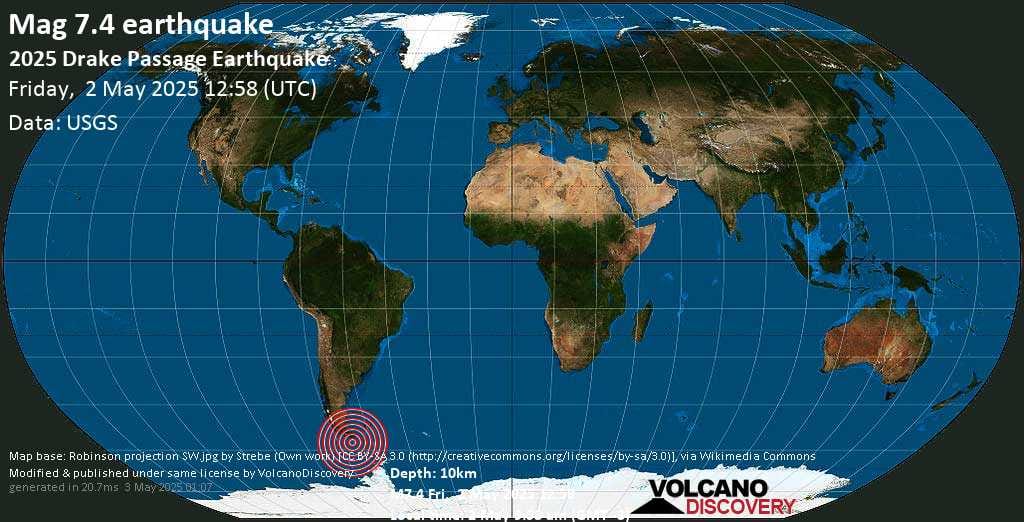Earth’s Magnetic Pole Shift
Earth’s magnetic poles have been observed to shift over time. The North Magnetic Pole has been moving approximately north-northwest at a speed of about 45 km per year according to the latest International Geomagnetic Reference Field (IGRF) data.12 This shift impacts navigation systems and must be regularly accounted for.
Magnetic pole reversals, where the north and south magnetic poles swap locations, are common in Earth’s geologic history. There have been at least 183 reversals over the last 83 million years, with an average interval of about 300,000 years. The last reversal occurred about 780,000 years ago.
During a reversal, the magnetic field can weaken significantly, but it does not vanish completely. Instead, many poles might form chaotically in different places until the field stabilizes again.3 Studies of 16.7-million-year-old lava flows on Steens Mountain, Oregon, indicate that the Earth’s magnetic field can shift at a rate of up to 6 degrees per day.
The Earth’s magnetic field acts as a protective shield against solar wind and coronal mass ejections from the Sun. While there is some evidence of regional climate changes during geomagnetic excursions, such as the Laschamps event 41,500 years ago, ice core data from Antarctica and Greenland do not show any major changes.
There is no significant scientific evidence linking variations in Earth’s magnetic field with climate change.2 However, the weakening of the magnetic field during reversals could potentially allow more solar radiation to reach the Earth’s surface, though the extent of this effect is not clear.
The geologic record provides evidence of magnetic polarity reversals by examining the magnetic signatures preserved in lavas and sediments. Ancient trees also provide a precise record of the last major reversal 42,000 years ago, indicating that such events can have significant impacts on the planet.
Discover more from
Subscribe to get the latest posts sent to your email.


